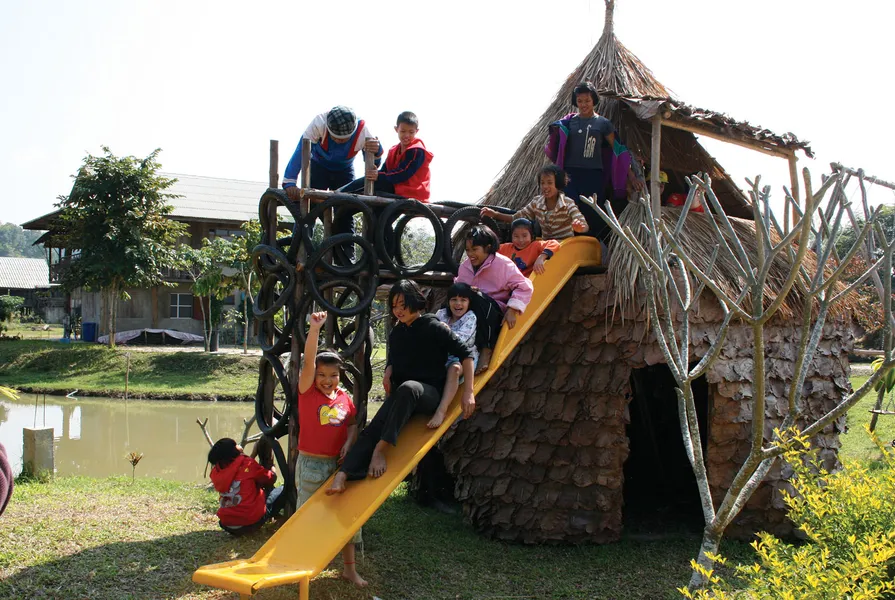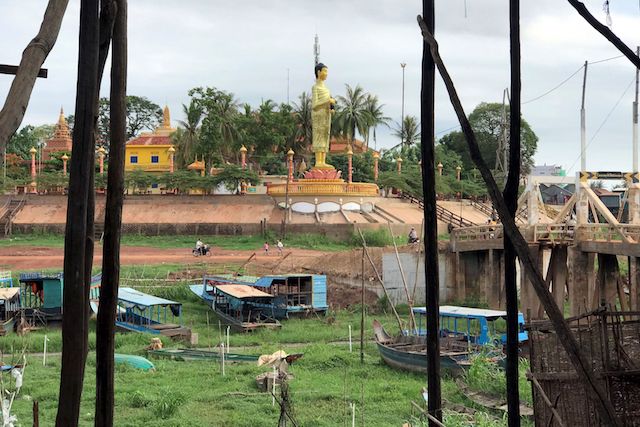Author: laforhumanity
-
Importance of natural systems : wetlands
Are we considering the importance and value of our natural systems enough? Monetary valuation of ‘ecosystem services’ certainly has its flaws and there are good arguments against it. However, surely in this situation of large scale clearance it would of supported a case for more wetland preservation in the face apartment development? An environmental impact […]
-
Better Urban Planning Needed To Dodge Disasters
Check out the article “Better Urban Planning Needed To Dodge Disasters” on IRIN With the world’s mega-cities growing even larger, policymakers (especially those in developing countries) need urban planning that will help these areas withstand the impacts of natural disasters. The article highlights: Developing world will have 4 billion in cities by 2030 Urban flooding […]
-

Playground Ideas – Building Playgrounds In Developing Countries
Check out the article “Playground Ideas” on ArchitectureAU Since 2010, Marcus Veerman and his not-for-profit organization Playground Ideas has been helping build playgrounds in developing countries. “Play is important in the developing world because schools often have few resources … In many schools playgrounds are considered unaffordable. We’re working with communities to create sustainable, affordable solutions […]
-
Rockaway Call for Ideas – Occupy the Dune, Balmori Associates
In an effort to foster creative debate on urban recovery in New York after Hurricane Sandy, MoMA PS1 and MoMA’s Department of Architecture and Design have asked for ideas to create a sustainable waterfront in Rockaway. Ideas were submitted in the format of a short video no longer than three minutes. The aim was to […]
-
Humanitarian Opportunity! Papua New Guinea
For landscape architects interested in humanitarian work located in a tropical environment; check out this opportunity for a two year stint in Papua New Guinea working as an urban planing adviser. Work will include advising on the development of waste and environmental management, and supporting the development of a beautification program for Kimbe town. To […]


